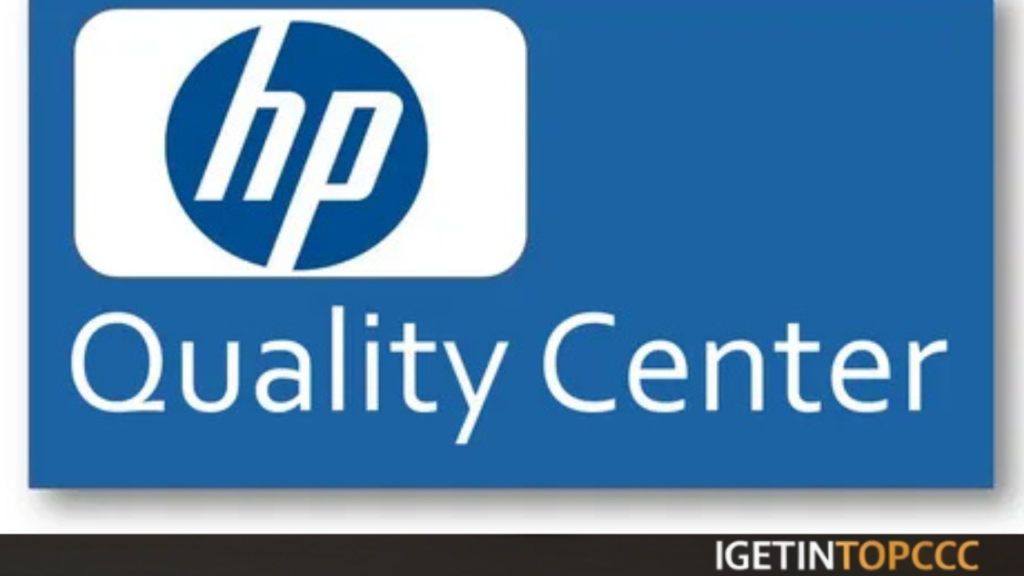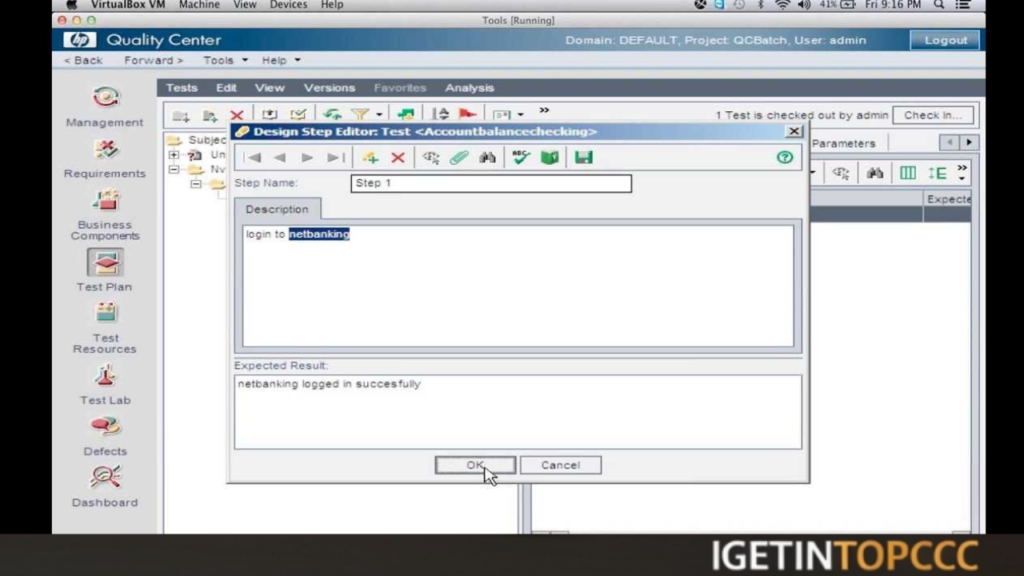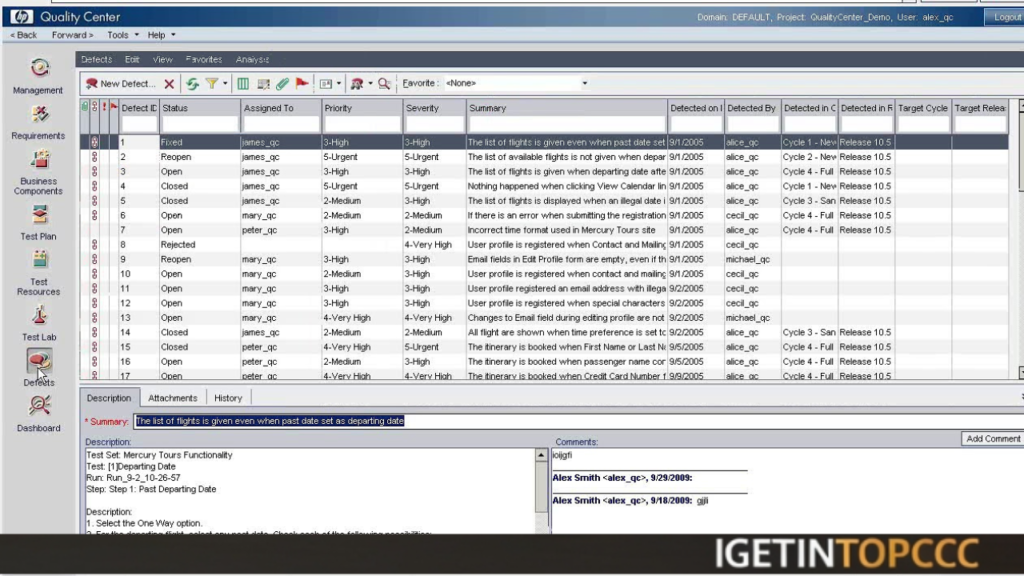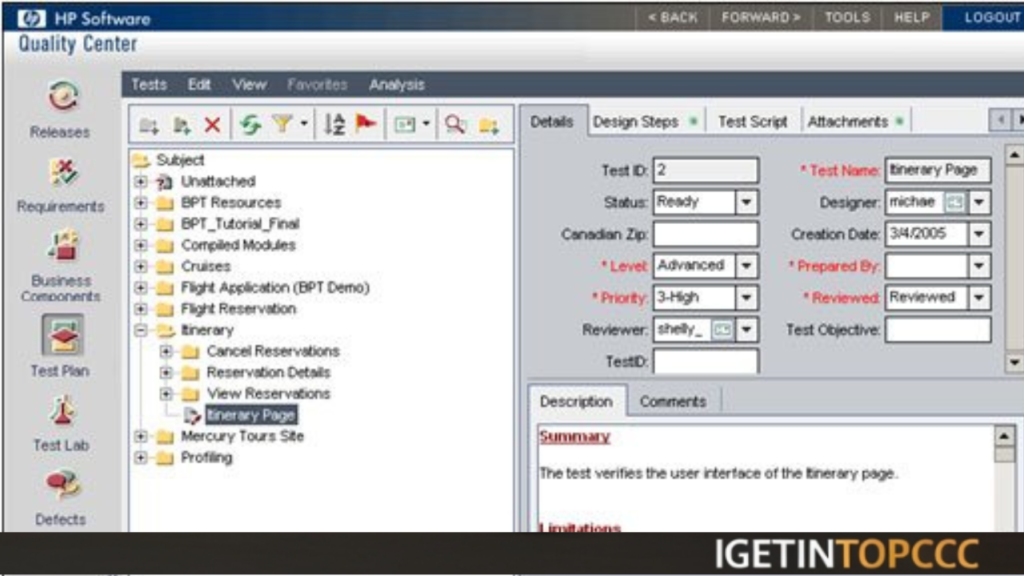Hp quality center software free download
HP Quality Center, now known as Micro Focus ALM (Application Lifecycle Management), is a powerful tool designed to manage the lifecycle of software applications. It provides a comprehensive suite for managing requirements, tests, defects, and overall project activities, thus facilitating effective collaboration among project stakeholders. This article explores the features, benefits, and best practices associated with HP Quality Center.

Overview
History and Evolution
HP Quality Center was primarily developed by Mercury Interactive but was later bought out by Hewlett-Packard in 2006 and later rebranded under the title of Micro Focus ALM after Micro Focus acquired HPE Software back in 2017. The software has changed to align with the changing needs of the software development industry by incorporating Agile methodologies as well as the DevOps practice.
Main Modules
HP Quality Center has the following major modules:
Requirements Management: These help teams gather, manage, and trace requirements throughout the development cycle.
Test Management: Provides planning, designing, execution, and tracking of tests.
Defect Management: Teams can log, track, and resolve defects effectively
Dashboard and Reporting: Dashboards and reports that are customisable to gain visibility over projects in real time.
Key Features
Requirements Management
Traceability: This traceability ensures that all requirements are tested and validated, as it links them with tests and defects
Version Control: Requirement versions are manageable, allowing teams to follow changes over time.
Collaboration Tools: It supports collaboration among stakeholders by having real-time discussions and feedback.
Test Management
Test Case Design: The users can design, organize, and manage test cases in a centralized repository.
Test Execution: It supports manual and automated test execution and allows teams to run tests directly from the tool.
Test Coverage Analysis: It provides insights into test coverage to ensure comprehensive testing.
Defect Management
Defect Tracking: Users can report, track, and manage defects throughout the development lifecycle.
Prioritization and Assignment: Defects can be prioritized based on the severity and assigned to members of the team for resolving.
Integration with Other Tools: Smooth integration with other tools such as JIRA, Selenium, and LoadRunner enhances the management of defects.
Reporting and Analytics
Customizable Dashboards: Users can create dashboards which are specific to the need of the project, for easy access to key metrics at a glance.
Advanced Reporting: It provides comprehensive reporting for the analysis of project progress, quality metrics, and team performance.
Benefits of Using HP Quality Center
Increased Collaboration
HP Quality Center enables team members, stakeholders, and clients to work together in perfect harmony. Everyone is set to work with the project goal and requirement.

Better Quality Assurance
It equips teams with all the necessary tools for holistic test management and defect tracking. Thus, it assists teams in developing higher quality software with fewer defects.
Increased Efficiency
Automating processes and centralizing information reduces manual effort and minimizes the risk of errors, allowing teams to focus on more critical tasks.
Better Visibility and Control
The reporting and dashboard features provide real-time insights into project status, enabling better decision-making and project management.
Best Practices for Implementing HP Quality Center
Define Clear Objectives
Before you implement HP Quality Center, it is important that you define clear objectives of what you want to achieve with this tool. This can be such as improving test coverage, streamlining defect management, and enhancing collaboration.
Train Your Team
Always invest in training your team on how to use HP Quality Center. This enables them to leverage its features to their potential and ensures smooth adoption.
Customize Workflows
Customize the workflows within HP Quality Center to represent your organizations’ processes, thereby being better aligned to the way your team actually works.

Periodic Review and Optimization
Review the efficacy of HP Quality Center on your projects periodically. Ask the users for feedbacks and fine-tune based on it to improve both efficiency and usability.
Features Hp quality center software
- Requirements Management: Traceability and version control for comprehensive requirement handling.
- Test Management: Centralized repository for test case design, execution, and tracking.
- Defect Management: Efficient logging, tracking, and prioritization of defects.
- Reporting and Analytics: Customizable dashboards and advanced reporting features for project visibility.
- Collaboration Tools: Real-time communication features for enhanced teamwork.
- Integration Capabilities: Compatibility with various testing and project management tools.
- User-Friendly Interface: Intuitive design that simplifies navigation and usability.
- Mobile Access: Ability to access the tool from mobile devices for on-the-go management.
- Role-Based Access Control: Enhanced security through user permissions and role assignments.

Technical Specifications Hp quality center software
- Version: Latest Release (check official site for updates)
- Interface Language: English (other languages may be available based on the version)
- Designed By: Micro Focus
- Type of Software: Application Lifecycle Management Tool
- Audio Language: N/A (primarily text-based interface)
- Uploader / Repacker Group: Official Release
- File Name: HP_Quality_Center_Setup.exe
- Download Size: Approximately 500 MB (may vary based on version)
System Requirements for PC and MacBook
For PC
- Operating System: Windows 10 or later
- Processor: Intel Core i3 or equivalent
- RAM: Minimum 4 GB (8 GB recommended)
- Hard Disk Space: At least 2 GB of free space
- Browser: Latest version of Chrome, Firefox, or Edge
For MacBook
- Operating System: macOS Mojave (10.14) or later
- Processor: Intel Core i5 or equivalent
- RAM: Minimum 4 GB (8 GB recommended)
- Hard Disk Space: At least 2 GB of free space
- Browser: Latest version of Safari or Chrome

Leave a Reply